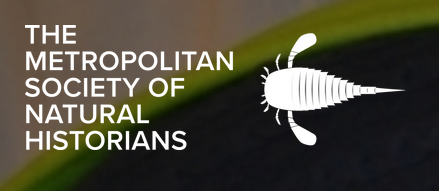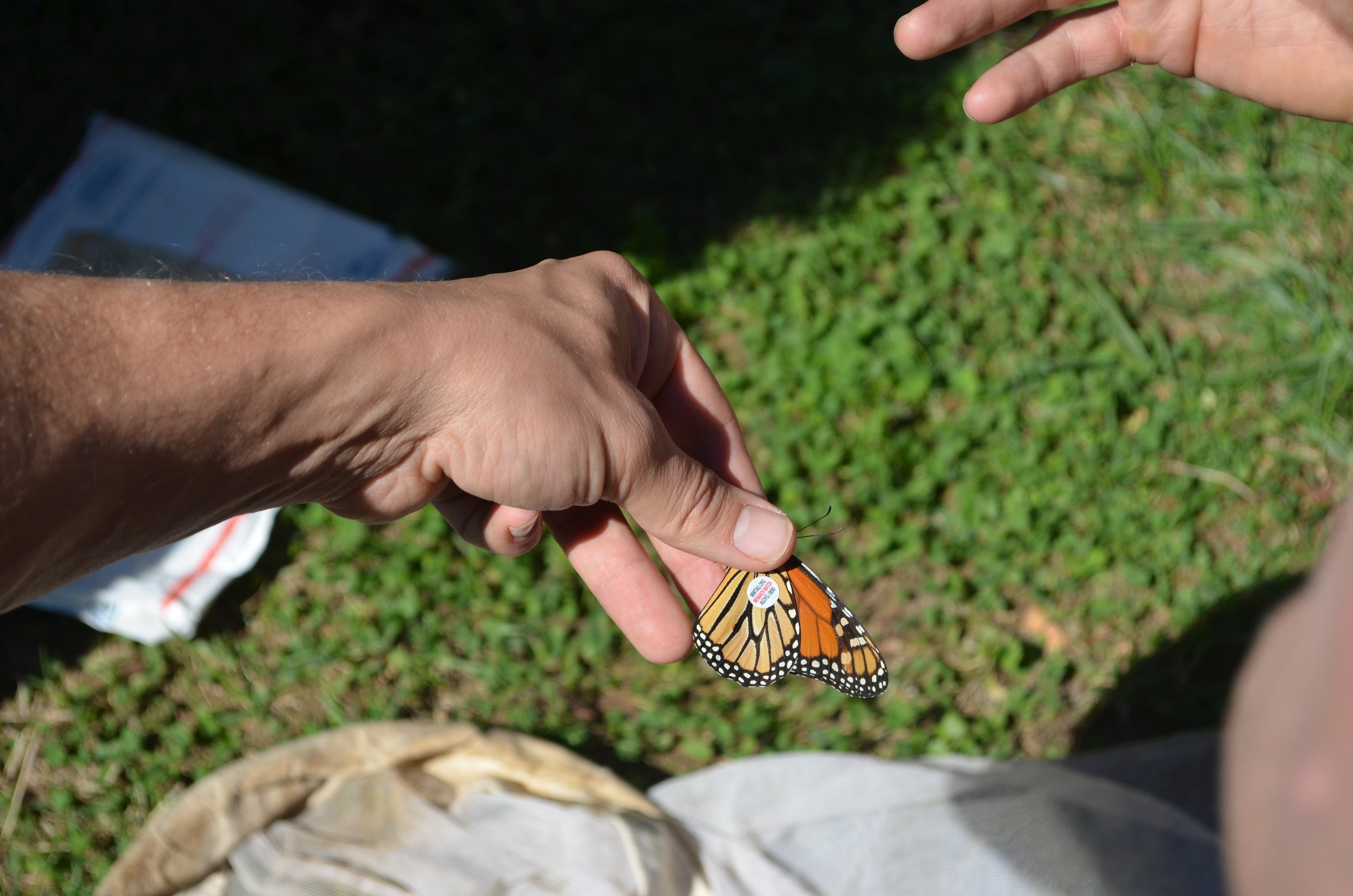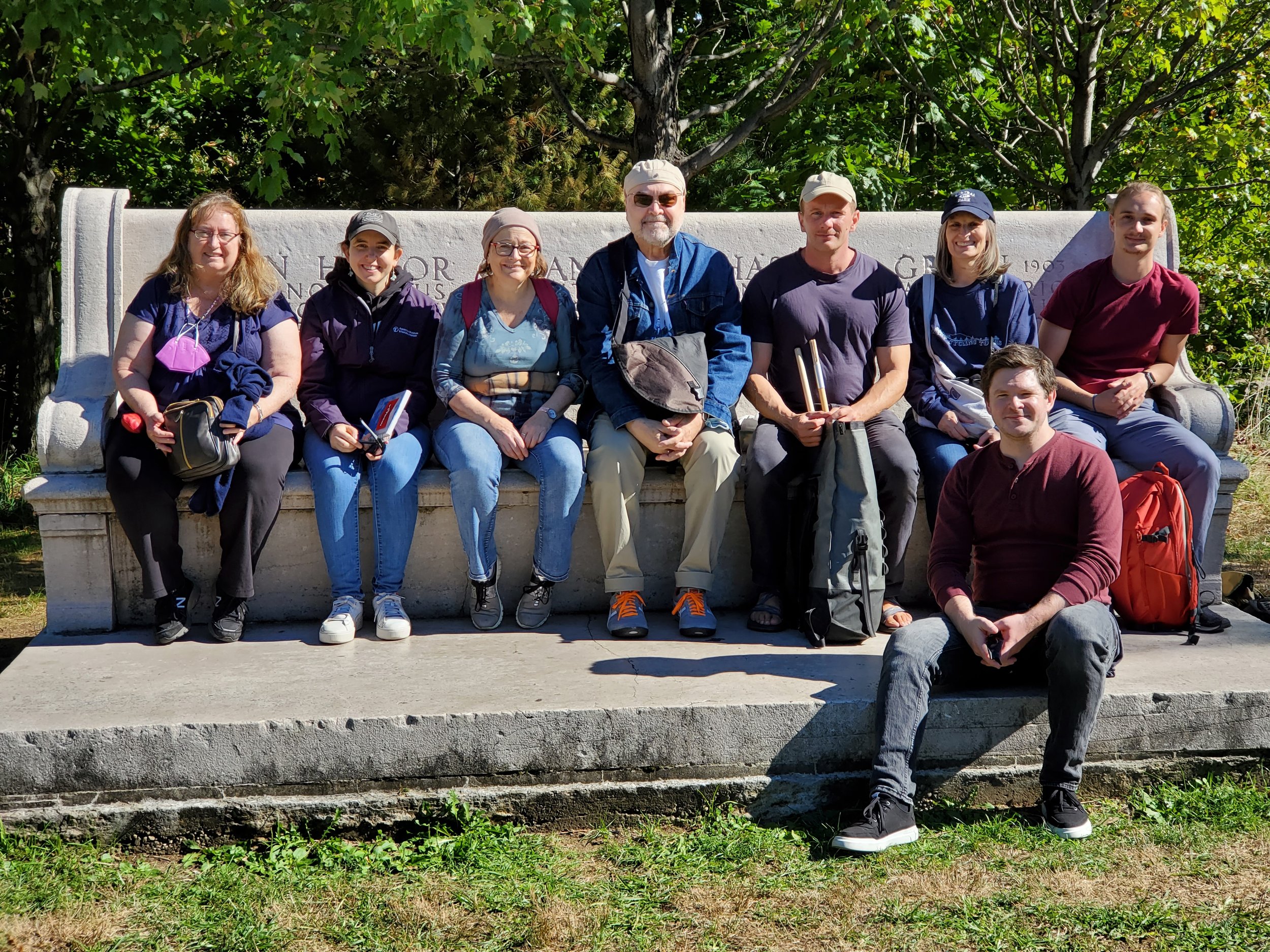On a cold morning on September 24th, the MSNH met with a full assembly of the board: Stephanie Loria, founder of the society, who returned from a visit from Germany where she is doing a postdoc, Glenn Doherty (Mount Sinai), and Dr. Hari Parzer (Fairleigh Dickinson University), who led the tour. At the entrance of the Conservatory Garden in Central Park, we were informed about one of the most spectacular annual animal migrations taking place on our planet. Every year, millions of monarch butterflies (Danaus plexippus) travel within one generation from as far as Canada all the way to northern Central Mexico, where they overwinter high up in cool conifer-forests. Monarch butterflies use a sun-compass and the Earth’s magnetic field to reach their overwintering grounds. Several additional adaptations have been found, which help them on their journey. Not only do migratory monarchs sport longer and narrower wings, but they are also intensely gregarious and live much longer than their non-migratory conspecifics.
Hari shared “monarch tags”, provided by the non-profit Monarchwatch, which are reflective stickers to be attached to the backside (ventral side) of a monarch’s hindwing. If detected by one of the many volunteers involved in this project, the associated information provided by people who tagged the butterfly, allows researchers to reconstruct their migratory route. All of us equipped with a butterfly net and stickers went on a hunt to nearby native flower gardens. Dr. Parzer showed us how to use the butterfly nets, carefully extract the caught monarchs from it, and attach the sticker to the butterfly’s hindwing. With growing confidence, as nobody wanted to hurt this endangered species, all of us were able to safely catch or tag a butterfly. After writing down the information (sex/date/location), we gave each a name and released them, wishing them all well on their journey. However, their journey appeared to be short on that day as most flew back to flowers to collect more nectar and energy to fatten up for their long journey.
Monarch sexing is fairly easy: on the top (ventral) side of the hindwing, males have a dark patch, full of microscopic scales. These scales, found also in other butterflies, often carry pheromones, which are important during mate finding.
We were told that while it is true that monarchs completely rely on milkweeds for raising their offspring, adults needs other native pollinator plants, which provide them with fuel as adults.
Despite the cold weather, we caught a total of 7 individuals, 3 of which were males, 3 females, and one…just flew off, after being tagged.
One of our participants, Beth Goffe, is a Central Park tour guide, and gave a few sneak-peaks of the area – showing us the Green Bench (named after Andrew Haswell Green, champion of Central Park, American Museum of Natural History, and other iconic NYC institutions, as well as creator of NYC itself with its boroughs, who after a life of accomplishment was murdered because of mistaken identity).
We hope that both, monarchs and Stephanie, arrived well in their new overwintering grounds and look forward to more events.
More info on monarch biology & migration.
To view more photos from this event, please visit our gallery. All photo credit goes to Shoshanah Wolfson and Glenn Doherty.



